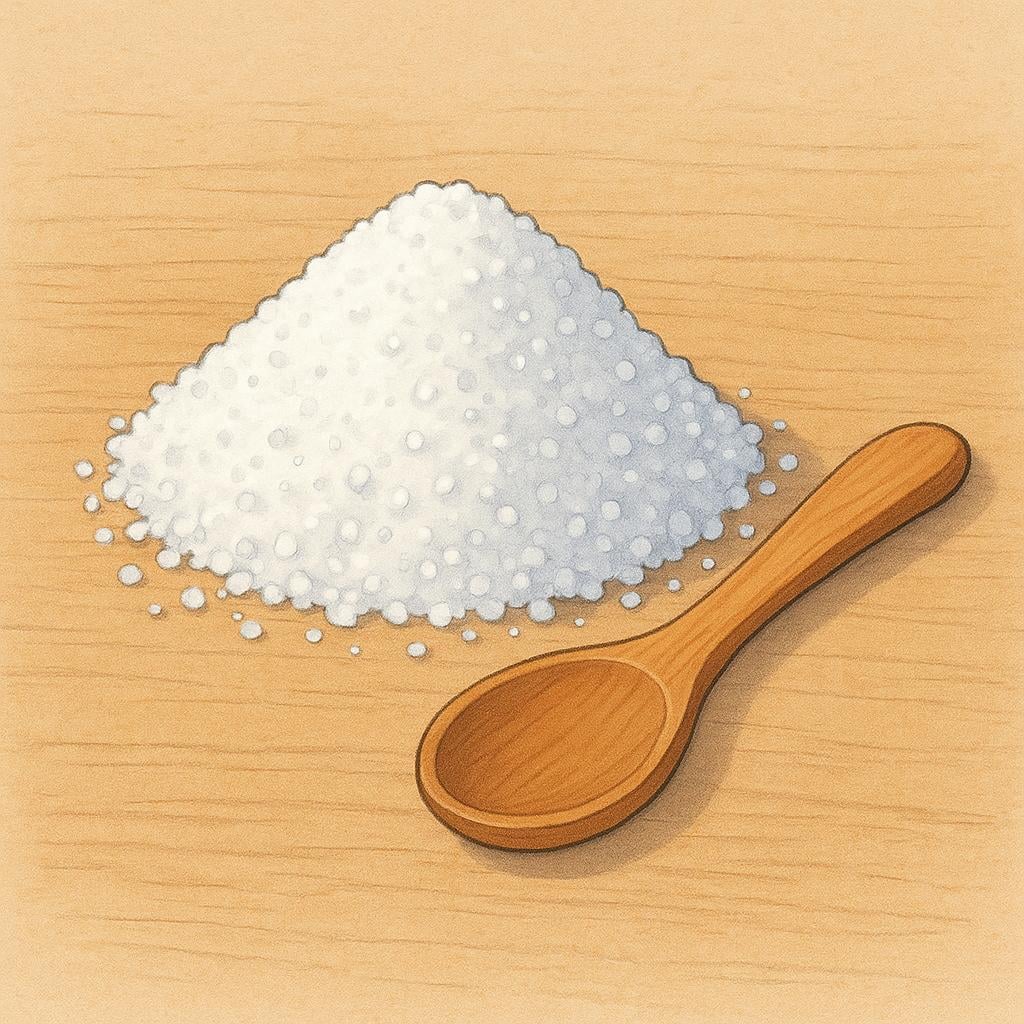
sal
/sal/
📝 In Action
La sopa necesita un poco más de sal.
A1The soup needs a little more salt.
Pásame la sal, por favor.
A1Pass me the salt, please.
Mi abuela cuenta historias con mucha sal.
B2My grandmother tells stories with a lot of wit.
💡 Grammar Points
A Tricky Gender
Even though 'sal' doesn't end in '-a', it's a feminine word. Always say 'la sal' (the salt) or 'una sal' (a salt).
❌ Common Pitfalls
Using the Wrong Gender
Mistake: "Pásame el sal, por favor."
Correction: Pásame la sal, por favor. Remember that 'sal' is one of those words you just have to memorize as feminine.
⭐ Usage Tips
From Kitchen to Personality
While you'll use 'sal' for food 99% of the time, listen for it when people talk about someone's personality. If someone 'tiene mucha sal,' it means they are witty, charming, and fun to be around.
✏️ Quick Practice
💡 Quick Quiz: sal
Question 1 of 1
Which sentence uses 'sal' as a noun?
📚 More Resources
Frequently Asked Questions
Why is 'sal' (salt) feminine? It doesn't end in -a.
That's a great question! Spanish has many words whose gender doesn't follow the common '-o for masculine, -a for feminine' pattern. 'La sal' is one of them. Its gender comes from its Latin original, which was also feminine. The best way is to learn the word with its article: always think 'la sal'.
How do I know if 'sal' means 'salt' or 'leave'?
Context is everything! If it's used with food or cooking, it means 'salt'. If it's used as a command telling someone to do something, it means 'leave'. For example, 'Pásame la sal' (Pass me the salt) is clearly about food. '¡Sal de aquí!' (Get out of here!) is clearly a command.